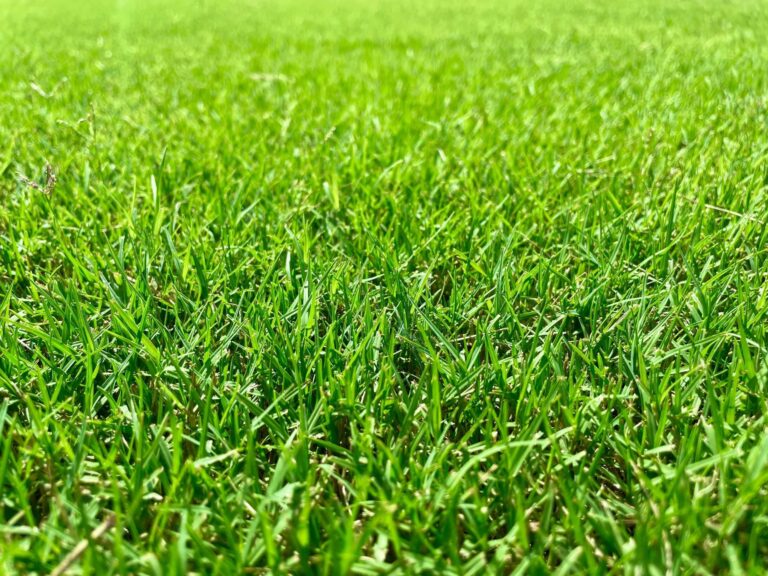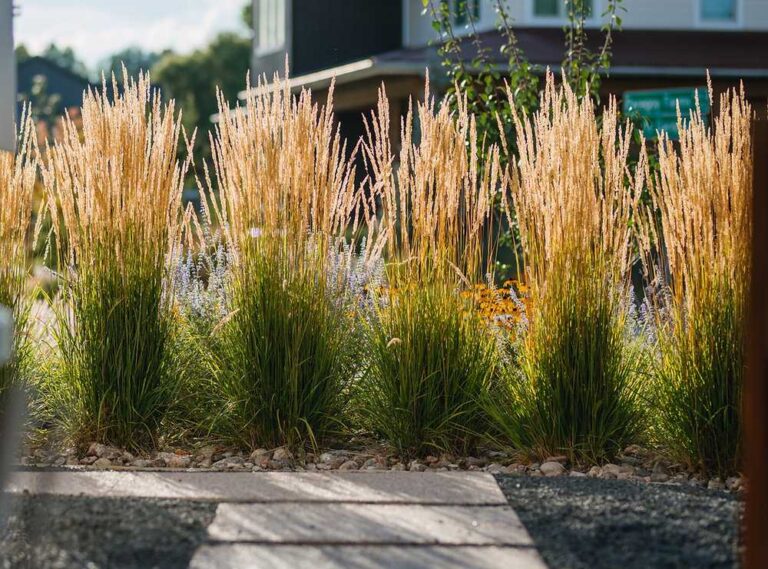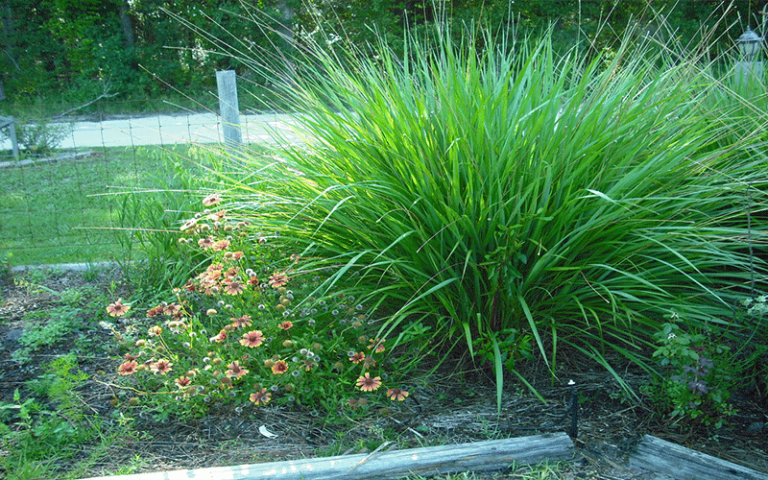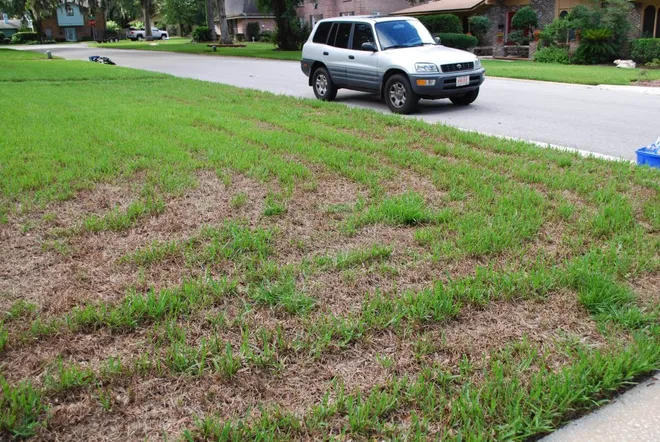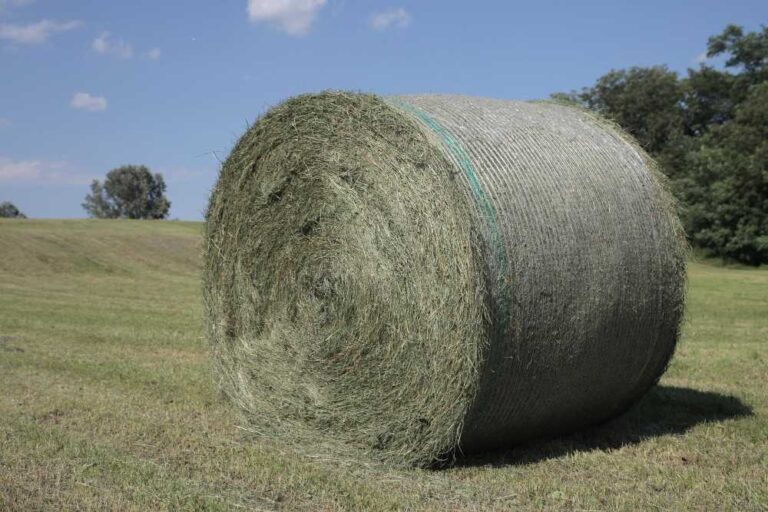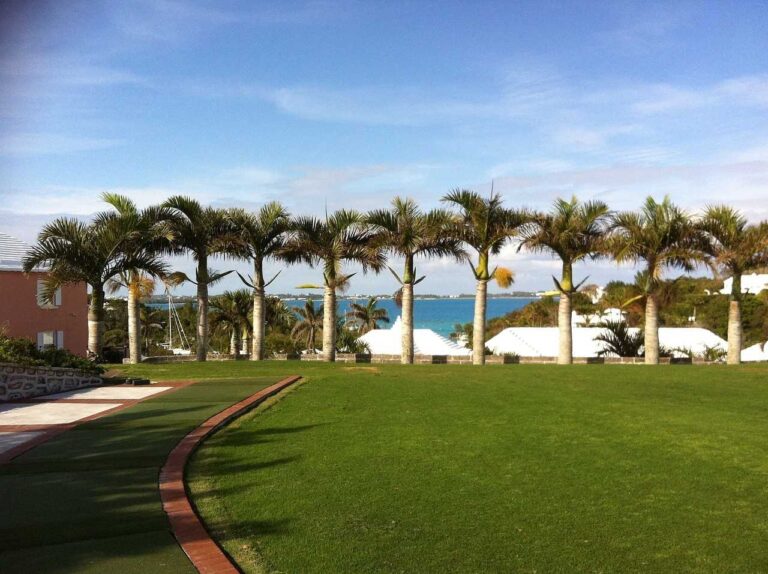How to Make Bahia Grass Thicker with Expert Tips
A lush, green lawn is every homeowner’s dream, and Bahia grass makes an excellent choice for achieving that goal. Bahia grass (Paspalum notatum) is a popular choice in the southern United States due to its adaptability to various soil types and relatively low maintenance requirements. However, like any other type of grass, Bahia grass can sometimes appear thin and patchy.
In this article, we will explore what Bahia grass is, whether it spreads naturally, and, most importantly, how to make Bahia grass thicker through expert tips, overseeding, and appropriate seeding rates:
What is Bahia Grass?
Bahia grass is a warm-season turfgrass native to South America, specifically in the state of Bahia, Brazil. It was introduced to the United States in the early 1900s and quickly gained popularity in the southern states for its hardiness and adaptability.
Key characteristics of Bahia grass include:
- Drought resistance: Bahia grass is known for its ability to withstand dry conditions, making it a suitable choice for regions with hot and arid climates.
- Coarse texture: It has a coarse texture and a light to dark green color, which may vary depending on the specific variety.
- Excellent wear tolerance: Bahia grass is highly resistant to foot traffic, making it ideal for lawns, pastures, and sports fields.
- Low maintenance: This grass type is relatively low-maintenance, requiring less fertilizer and irrigation compared to other warm-season grasses like Bermuda or St. Augustine.
Does Bahia Grass Spread?
Bahia grass can spread, but it typically does so at a slower rate than some other grass varieties. Its spreading is primarily achieved through stolons, which are above-ground runners that grow horizontally and develop new plants at the nodes. However, this process is not as rapid or aggressive as that of Bermuda grass, for example. Bahia grass tends to form a dense, clumping growth pattern, which can sometimes result in a thin or patchy appearance if not properly managed.
How to Make Bahia Grass Thicker: Expert Tips
To make Bahia grass thicker, you’ll need to implement a combination of proper care and maintenance practices. Here are some expert tips to help you achieve a denser and healthier Bahia grass lawn:
1. Proper Fertilizing
Fertilizing is the cornerstone of a healthy Bahia grass lawn. To make your Bahia grass thicker, you need to provide it with the right nutrients at the right times.
Start by choosing the right fertilizer. Since Bahia grass prefers a balanced fertilizer with equal amounts of nitrogen, phosphorus, and potassium (N-P-K), consider looking for a fertilizer with an N-P-K ratio of 10-10-10 or 15-15-15 for best results.
Fertilize your Bahia grass in the late spring and early summer, just as it starts its active growth phase. This will promote thickening and provide the grass with the necessary nutrients to develop strong, healthy blades.
Maintaining a consistent fertilizing schedule throughout the growing season is equally essential. Typically, you should fertilize your Bahia grass every 6-8 weeks, depending on your specific grass type and climate conditions.
2. Adequate Watering
Proper or adequate watering is essential for Bahia grass to thrive. Over-watering can be a factor to shallow root systems, while underwatering can stress the grass, making it thin and vulnerable. Deep, infrequent watering is vital to ensure your Bahia grass gets the right amount of water. Bahia grass benefits from deep watering rather than frequent shallow watering. Thus, strive to water your lawn about 1 to 1.5 inches per week, depending on the weather conditions.
Additionally, consider watering your Bahia grass early in the morning to reduce the risk of diseases and let the grass dry out during the day, preventing fungal issues. Moreover, invest in a moisture meter or perform a simple finger test to check the moisture level of your soil. Ensure that the top 2-3 inches of soil are moist but not waterlogged.
3. Mow High and Regularly
Proper mowing techniques can significantly impact the thickness and overall health of your Bahia grass. Maintain the right mowing height. Bahia grass should be mowed at a height of 3 to 4 inches. Keeping the grass at this height encourages a healthier, denser lawn and helps shade the soil to reduce weed competition.
Always use a sharp mower blade to ensure a clean cut. Dull blades can tear the grass, making it more susceptible to disease and thinning. Additionally, never exceed removing more than 1/3 of the total grass height in a particular mowing session. Frequent, light mowing is preferable to occasional heavy mowing.
4. Ensure Effective Weed and Pest Control
Weeds and pests can compete with Bahia grass for nutrients and space, causing it to become thinner over time. Employ effective control strategies to keep these threats at bay by using pre-emergent herbicides in the early spring to prevent weed seeds from germinating. This will reduce competition for nutrients and space in your lawn.
If weeds do appear, employ a selective herbicide to target specific weeds without harming your Bahia grass. Routinely inspect your lawn for signs of pests and diseases. Early detection and treatment can prevent significant damage to your grass.
5. Aeration and Overseeding
Aeration and overseeding are essential practices for maintaining thick Bahia grass. They help improve soil compaction and introduce new, healthy grass seeds into your lawn. Use a lawn aerator to remove small plugs of soil from your lawn. This allows nutrients, air, and water to penetrate and enter deeper into the soil, promoting healthy root growth.
After aeration, overseed your Bahia grass lawn with Bahia grass seed to fill in any thin or bare areas. Make sure to choose high-quality seed that matches your existing grass type. The best time to aerate and overseed your Bahia grass is during the late spring or early summer when the grass is actively growing and can recover quickly.
6. Consistent Maintenance
Finally, consistent maintenance practices will keep your Bahia grass thicker year-round. Periodically inspect your lawn grass for signs of stress, disease, or weed growth. Address issues promptly to prevent them from spreading.
Additionally, consider overseeding your Bahia grass lawn every few years to introduce new grass plants and promote thickness. Adapt your care routine to the changing seasons, including less frequent mowing and watering during the dormant winter months.
How Long Does It Take for Bahia Grass to Become Thicker?
The time it takes for Bahia grass to become thicker depends on several factors, including the current state of your lawn, the care and maintenance practices you implement, and environmental conditions. In general, you can expect to see improvements in Bahia grass thickness within one to two growing seasons if you follow proper care practices consistently.
It’s important to note that Bahia grass is a slow grower, and it may take longer to achieve full thickness compared to faster-spreading grass varieties. Be patient and continue with your lawn care routine, and you’ll eventually see the results you desire.
How to Overseed Bahia Grass
Overseeding can be an effective way to make Bahia grass thicker and fill in any bare or thin areas in your lawn. Here’s how to overseed your Bahia grass:
a. Timing: The best time to overseed Bahia grass is during the late spring or early summer when the existing grass is actively growing. Avoid overseeding in the fall, as Bahia grass is a warm-season grass, and cooler temperatures can hinder germination.
b. Prepare the area: Before overseeding, mow your lawn shorter than usual and remove any thatch or debris to provide better seed-to-soil contact.
c. Choose the right seed: Select high-quality Bahia grass seed that matches the existing variety in your lawn. This ensures uniform growth and a consistent appearance.
d. Spread the seed: Use a broadcast spreader to uniformly distribute the seed over the area you want to overseed. Follow the recommended or suggested seeding rate for the specific Bahia grass variety you’re using.
e. Watering: After overseeding, water the area lightly to settle the seed into the soil. Keep the soil constantly moist during the germination period, which typically takes 2 to 4 weeks.
f. Fertilize: Consider using a starter fertilizer to provide essential nutrients for the germinating seedlings.
g. Maintenance: Continue to follow your regular lawn care routine, including fertilizing, mowing, and watering, to support the new seedlings as they establish themselves.
How Much Bahia Seed per Acre?
The amount of Bahia grass seed needed per acre depends on various factors, including the specific variety of Bahia grass, your desired seeding rate, and the current condition of your lawn. Generally, the recommended seeding rate for Bahia grass falls between 5 to 10 pounds of pure live seed (PLS) per acre.
It’s essential to read the seed label for the specific Bahia grass variety you’re using, as seeding rates can vary. Some Bahia grass varieties, such as Argentine Bahia, may have different recommended rates than other varieties.
The Bottom Line
Achieving a thicker Bahia grass lawn requires dedication and attention to detail. By selecting the right variety, preparing the soil, planting carefully, and following proper maintenance techniques, you can transform your lawn into a lush, vibrant, and inviting space. With time, patience, and consistent care, your Bahia grass will reward you with the thick, healthy lawn you desire.

